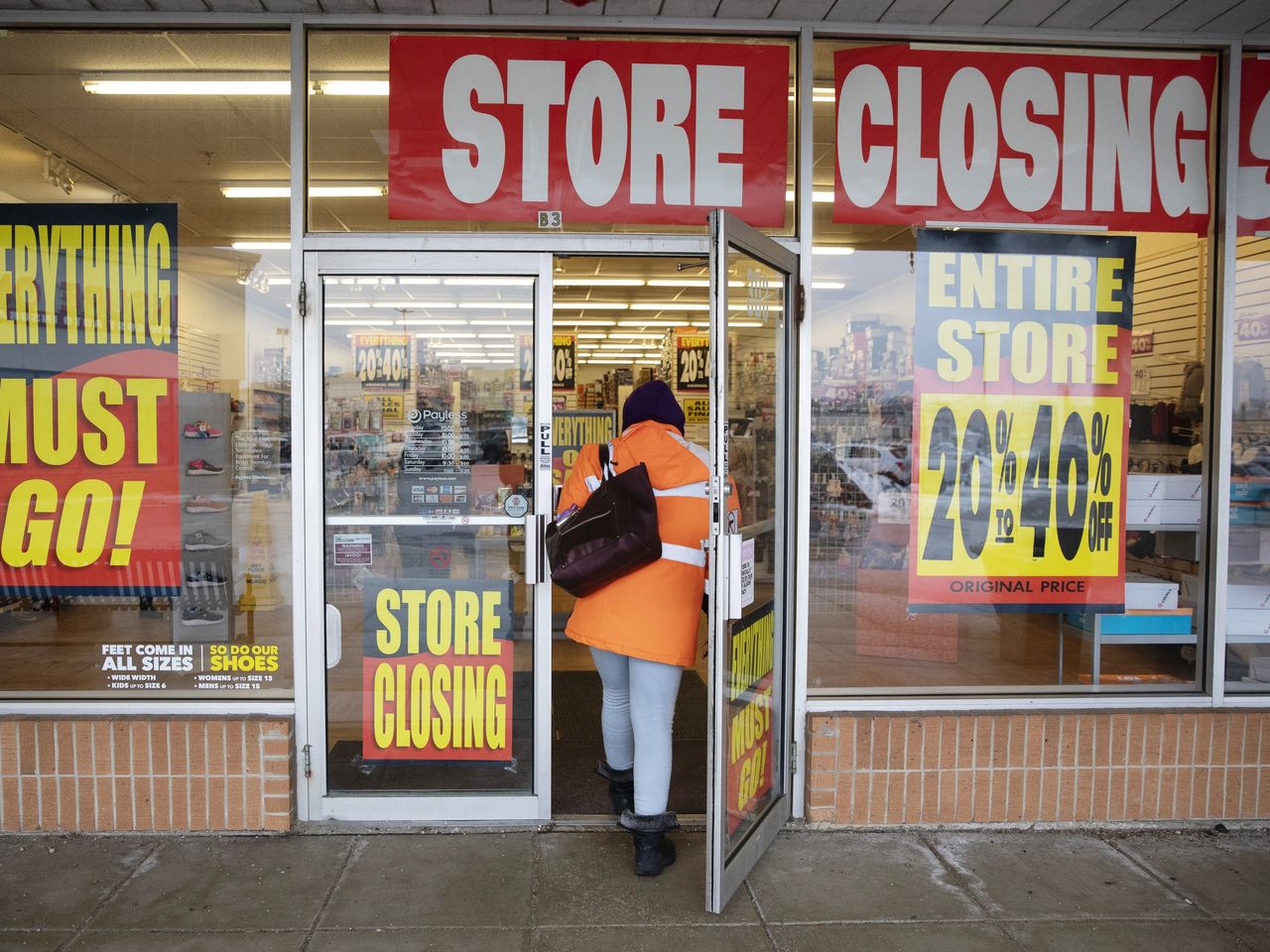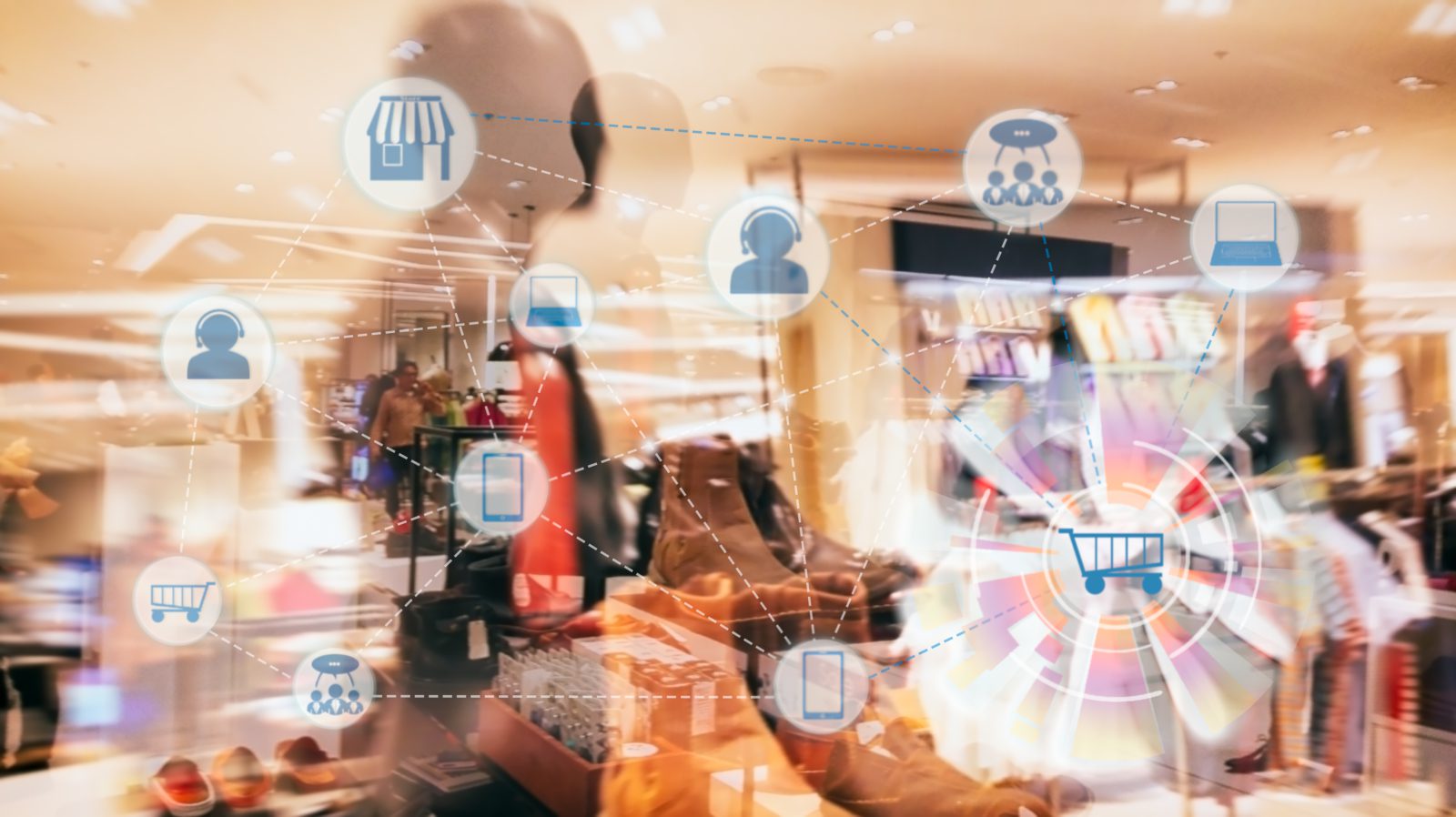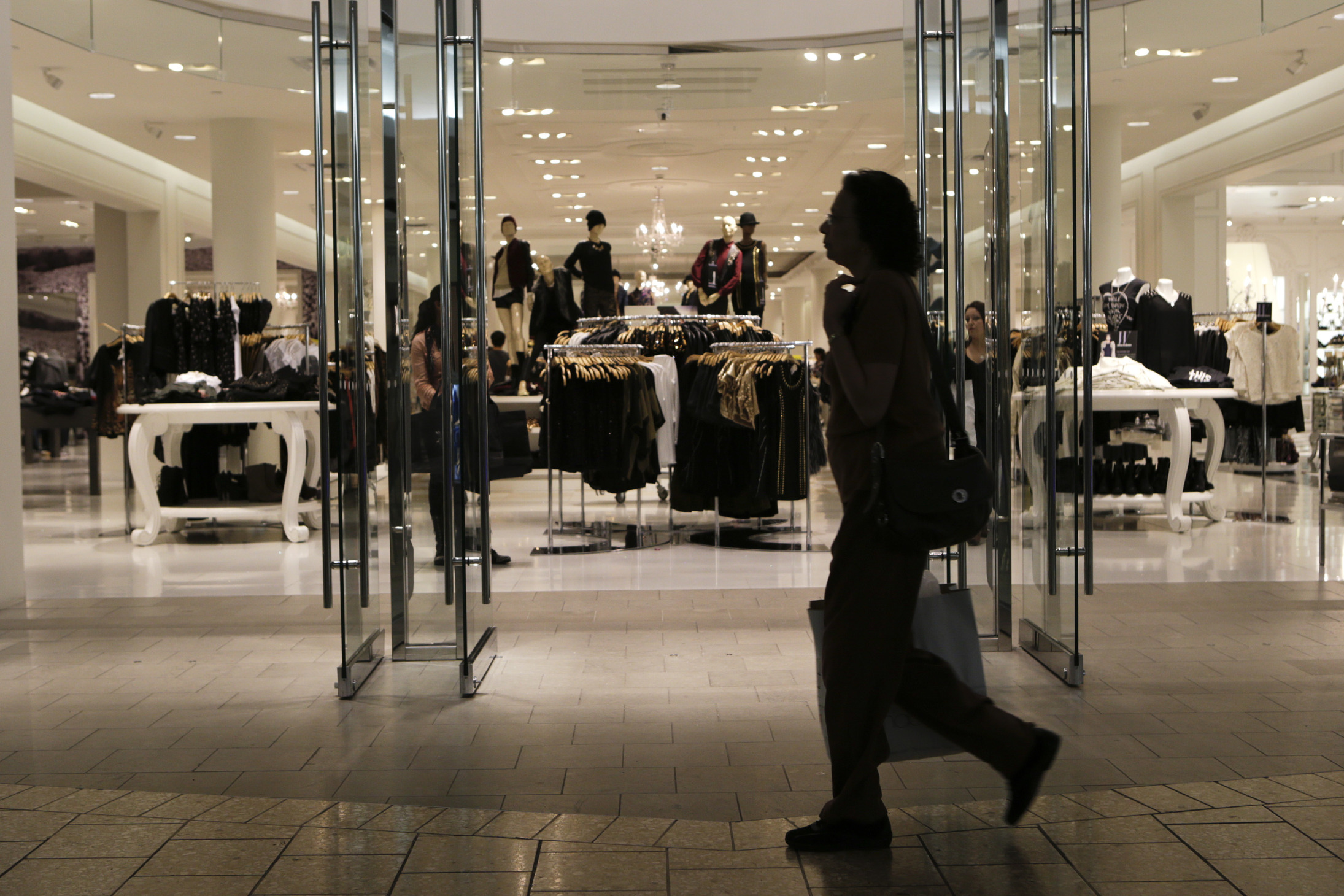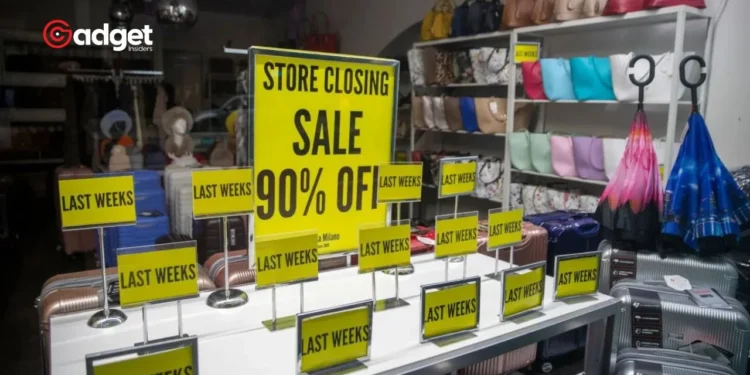If you’ve strolled through an indoor shopping mall recently, it’s clear that its glory days are behind it. Gone are the times when these bustling shopping meccas were the heartbeat of American consumerism. In the 1980s, there were about 2,500 malls across the U.S., with nearly 1,000 constructed each year. Now, only around 700 remain, according to Shortform.
Back in the ’80s, over half of all U.S. retail sales took place in malls, but times have changed dramatically. Modern American malls are withering, marking some of the worst commercial real estate performance in recent years.

The Decline of Mall Titans: How the Giants Fell
From 2018 to 2020, cornerstone department stores like Macy’s, JCPenney, and Sears shut down 875 outlets. Compare that to the relatively modest 175 closures in 2016 and 2017 combined, and it’s evident that a massive transformation is afoot. Shoppers are choosing alternatives that don’t involve weaving through packed parking garages and navigating the maze-like mall corridors.
Outdoor outlet malls have become a favorable alternative, offering big discounts on popular brands such as Ralph Lauren, Nike, and J. Crew while providing a more open shopping experience.

UBS Report Foretells Retail Doom
A recent report led by a team of UBS analysts provides an ominous perspective on the future of retail. It points to the rising dominance of e-commerce, which is expected to make up 26% of all U.S. retail sales within a few years, up from 22% in 2022. This shift, along with high interest rates, could lead to over 45,000 brick-and-mortar store closures within five years.
According to UBS, department stores face an uphill battle as customers gravitate towards off-price retailers. “Department stores continue to lose customers to off-price retailers,” UBS analysts wrote, adding that this trend will likely drive productivity down, compressing operating margins further.
UBS issues apocalyptic report about store closures, bankruptcies https://t.co/5VDiu4oT0p
— TheStreet (@TheStreet) May 9, 2024
The Fulfillment Hub Model: Survival of the Fittest
Despite this grim outlook, UBS analysts believe some stores will evolve to survive the turbulent times ahead by adopting fulfillment hub models. This strategy is already being embraced by major chains like Walmart, Target, Costco, and Home Depot, which are expected to come out on top in this biological retail evolution.

“Stores serve as hubs of fulfillment and support distribution logistics,” UBS noted. “This is increasingly more important as consumers are becoming more demanding for convenience or immediate deliveries.”
Ultimately, UBS sees these leading retailers thriving amid the carnage of smaller competitors. Their infrastructure and supply chain capabilities make them ideal candidates to lead the new retail frontier. As the retail industry continues to evolve, those left standing will have to adapt or risk extinction in the harsh world of consumer trends.










